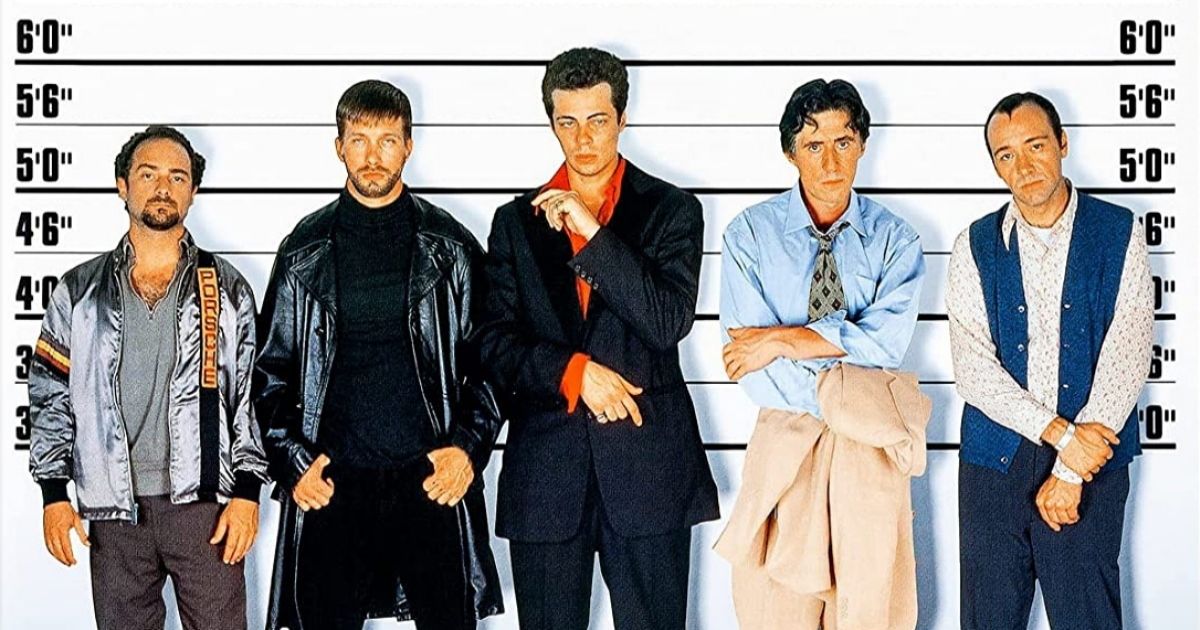Load shedding is back, so here’s an answer to the question: battery backup or generator?
Load shedding is back, and with a large chunk of Eskom's capacity down, the country's power supply is under severe strain.

Load shedding is back, and with a large chunk of Eskom’s capacity down, the country’s power supply is under severe strain.
“Load shedding is a reality that every South African business needs to manage. The good news is that there are a wide range of affordable backup solutions on the market that can help your business to stay productive when the lights go out,” said Christiaan Hattingh, MD for AWPower.
Even better news is that you can use your investments in backup power to bring your electricity costs down over time and even decrease your reliance on the national grid.
Battery backup or generator?
Your backup power options can be divided into two main categories: battery backup or a generator. Generators are suited for industrial businesses or large companies that need to run power-intensive loads such as data centres, commercial refrigerators or production lines.
Compared with generators, battery backup systems are quieter, less prone to breaking down, cleaner (no carbon monoxide fumes), and more affordable to run since they don’t depend on fuel. Initial investment required is more, but over time becomes the more affordable solution especially if integrated with a solar system.
Many businesses thus supplement their generators with more cost-effective battery backup systems for lighter loads like office lighting, desktop computers and point of sale systems.
Others only use their generator as a backup to their battery-based systems and those with lighter power needs may only need a battery-based solution.
When it comes to battery backup systems, there are many options on the market, catering to a range of budgets and energy needs. If you are looking for a long-term solution to ensure power during load shedding, a hybrid solar system is a good option to consider.
A long-term load shedding solution – the solar hybrid system
“A hybrid solar system will provide enough power to keep essentials running during power outages as well as enable you to save money on electricity. Such a system enables you to harvest renewable energy from the sun, use it to power some of your loads, and store it in batteries for periods of load shedding,” said Hattingh.
The main parts of a solar hybrid system are:
- solar panels – which provide energy savings.
- batteries – which provide energy security during load shedding.
- a hybrid inverter – which controls the energy flow between the grid, solar panels, batteries and electrical loads.
A hybrid inverter can choose between using the batteries or grid as a power source for your essential loads and will supplement this power with the energy generated from solar panels.

















